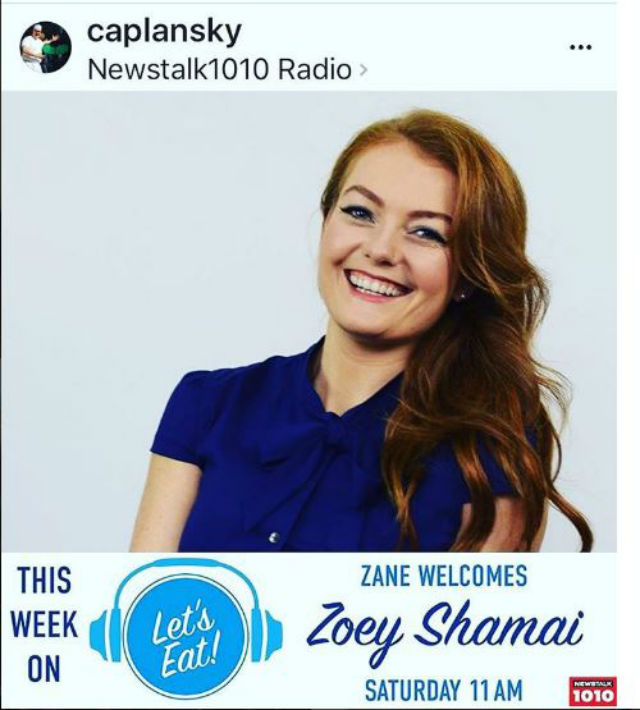The silence that fills the studio is deafening. The glare of the overhead lights gets your head pounding. Soon, a bead of sweat trickles down your forehead. It’s just you and the host on stage and your gut clenches as the countdown begins. Your mind goes blank and before you know it, you are live in three. Two. One.
Speaking to the media can be terrifying. There is something about a microphone and a reporter that sets even the most seasoned of speakers on edge. But, great spokespeople aren’t born—they are created.
The message and messenger go hand in hand; how you say something is equally important as what you say. Remember, you aren’t trying to impress the journalist, you’re using the opportunity as a way to reach your audience. With a little time and effort, and our six top tips, you too can become an ace spokesperson.
This is your show, you lead
Take control of the interview, don’t let it control you. This is your one shot to get your message to your audience. Seize it and steer the conversation in the direction that gets you talking about your key messages.
Be subtle with your assertiveness, but assert yourself you must. Treat the interview like a waltz, a delicate dance in which you lead. You are there to inform and persuade your audience and you can’t do that if you get off topic. Stay on track and on message.
Speaking of…
Build a bridge to get over it
Don’t worry, no physical labour is required.
The ability to bridge is a major skill of a great spokesperson. Bridging is a technique that allows you to steer an interview back on track of your key message. Often, reporters ask questions that cause a digression and it is up to you to get the conversation back on track using bridging phrases. Answer the question, but tie in your important points along the way.
The more you practise good bridging techniques, the easier it will become. Here are some bridging phrases to get you started:
- “That being said…”
- “But more importantly…”
- “What we have to look at is…”
Don’t forget to signpost
If to bridge is to waltz, then to signpost is to fish.
Signposting is the lure you dangle to get the reporter to bite. It signals the reporter that you have something important to say and invites them to ask the question you want them to ask. With a few choice words, it grabs attention and puts you in control of the interview.
For example, say you are the spokesperson for an environmental company and you just finished explaining the dangers of deforestation, but you end your answer with “but that isn’t our main concern.” The reporter’s natural follow up to that statement would be “what is?” Now you have sufficiently peaked their interest and are in a prime position to lay out your message.
Prepare, prepare, prepare
 We cannot stress this point enough. Communicate with your PR team beforehand about what your key messages are and devise the best ways to explain them before the interview. Think critically about the type of questions you may be asked and don’t run from the difficult ones—trust us, you will be asked them.
We cannot stress this point enough. Communicate with your PR team beforehand about what your key messages are and devise the best ways to explain them before the interview. Think critically about the type of questions you may be asked and don’t run from the difficult ones—trust us, you will be asked them.
Have your answers ready, with strong examples on the tip of your tongue to best support your points. Facts and figures are great, but remember to personalize your points with human interest. People connect with people, not numbers. Know the organization’s history, what is happening in the market and with your competitors. Remember, you are the expert here.
Look the part
If you are headed for a TV interview, dress with caution. Elaborate patterns can disorient a viewer, distracting them from your message. Instead, wear solid colours that keep the focus on you and your message. Avoid wearing green if you will be standing in front of a green screen or you will end up looking like a floating head on TV. Also, leave clunky, shiny jewelry at home. Big jewelry is attention snagging and the shine reflected off them from overhead lights will be emphasized on camera. Opt for subtle accessories that will not detract from your segment.
Another aspect of looking the part is investing time into doing makeup. While some stations have makeup experts on deck, many do not. Harsh studio lighting and HD cameras can create shine and wash out complexion, which will make you appear nervous during the interview. Layer on more makeup than you usually would; though it may appear ridiculous off camera, it will prevent you from becoming washed out on screen.
Sound the part
 Speak with confidence. A spokesperson who stumbles and mumbles their way through an interview loses the trust of their audience. Practise answering prep questions in front of a mirror to get comfortable saying your message aloud. This will help you retain the important ideas and will keep them readily at the forefront of your mind. Speaking with confidence reinforces your expertise.
Speak with confidence. A spokesperson who stumbles and mumbles their way through an interview loses the trust of their audience. Practise answering prep questions in front of a mirror to get comfortable saying your message aloud. This will help you retain the important ideas and will keep them readily at the forefront of your mind. Speaking with confidence reinforces your expertise.
Knowing these tips is key before you enter any interview. But even the most seasoned spokesperson can get flustered, so never forget to practise beforehand, because practise makes perfect!
Leave a Reply